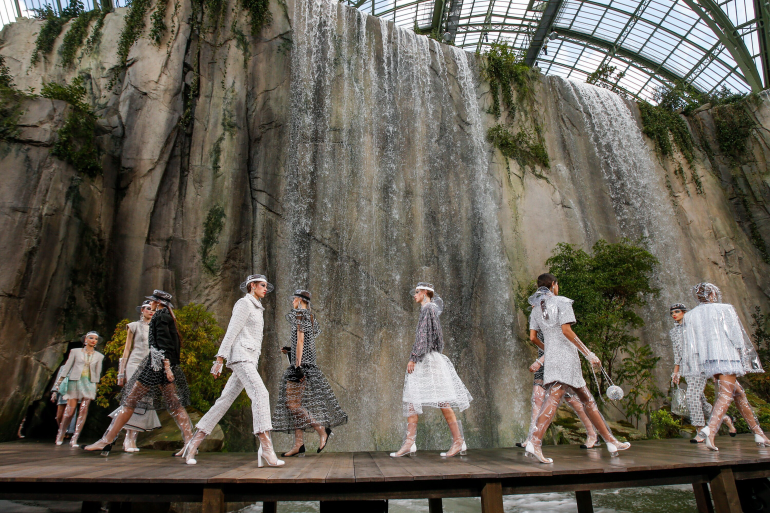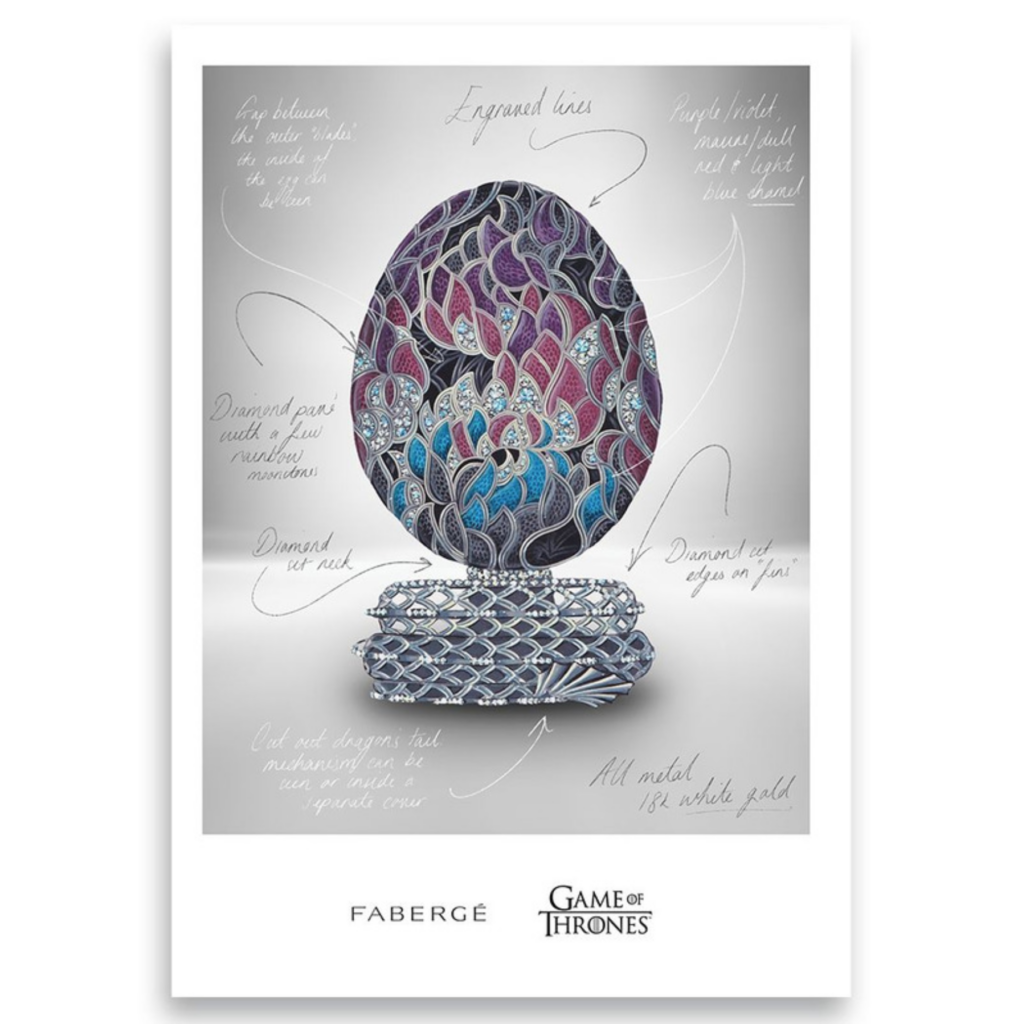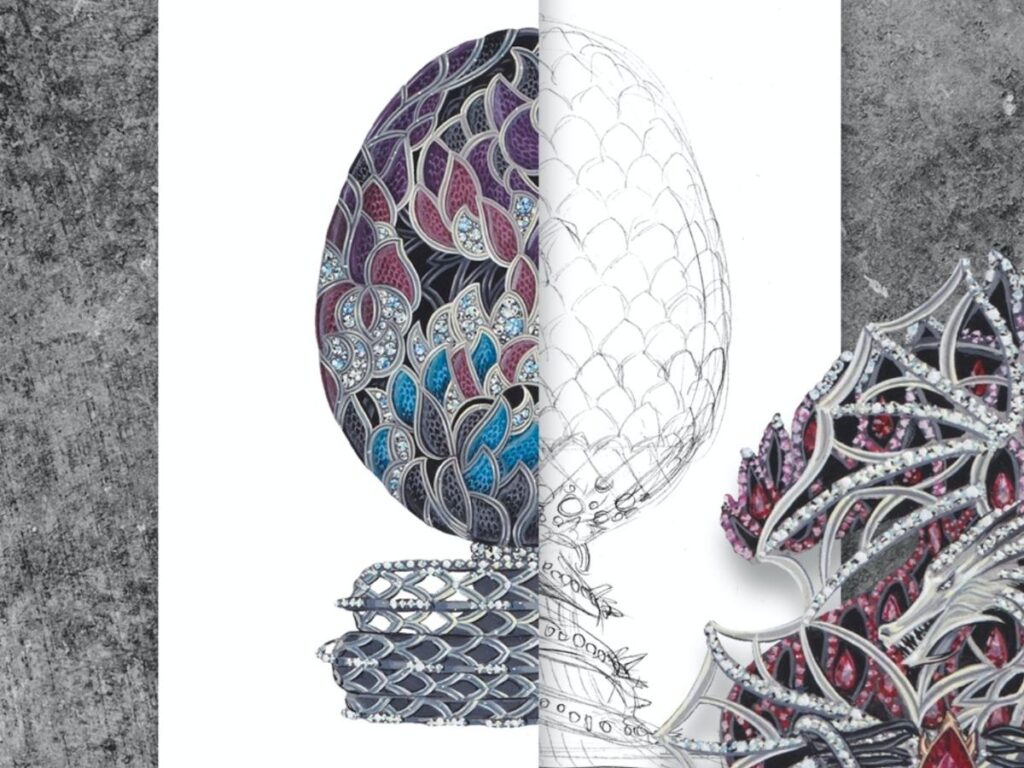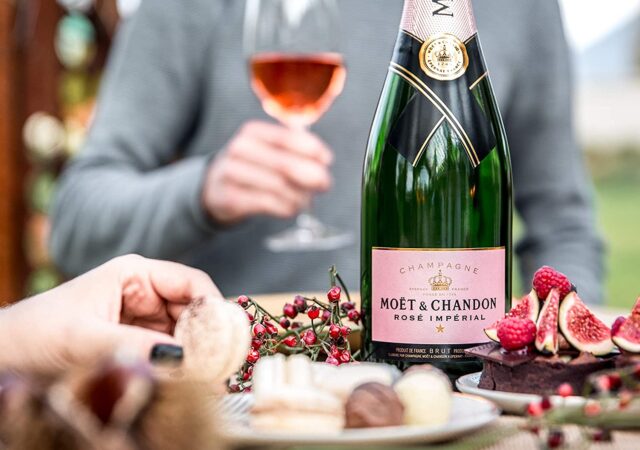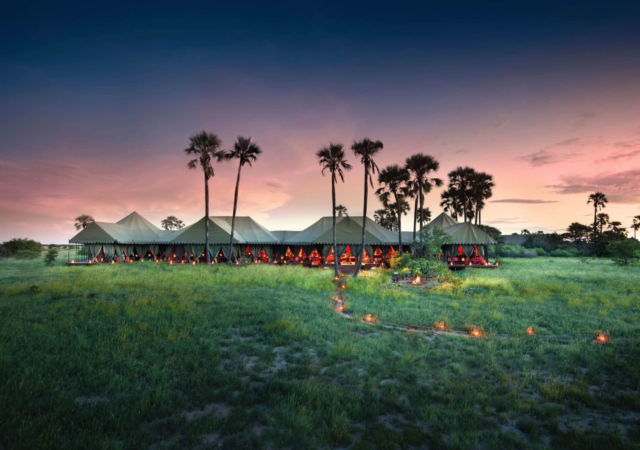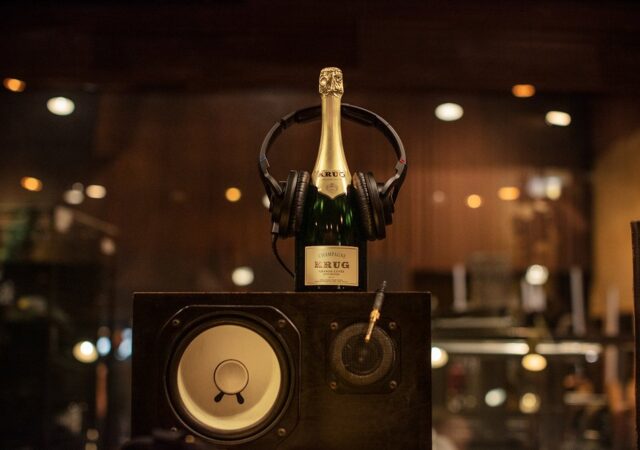Paris Fashion Week is possibly the most prestigious fashion week in the world because it was here, in ‘The City of Lights’, that haute-couture – the highest form of fashion – was born.
Chanel, Dior, Balmain, and many others, were the first to create exquisite, yet revolutionary, clothes for the elite. And still today, season-after-season, they continue to surprise through their original creations.

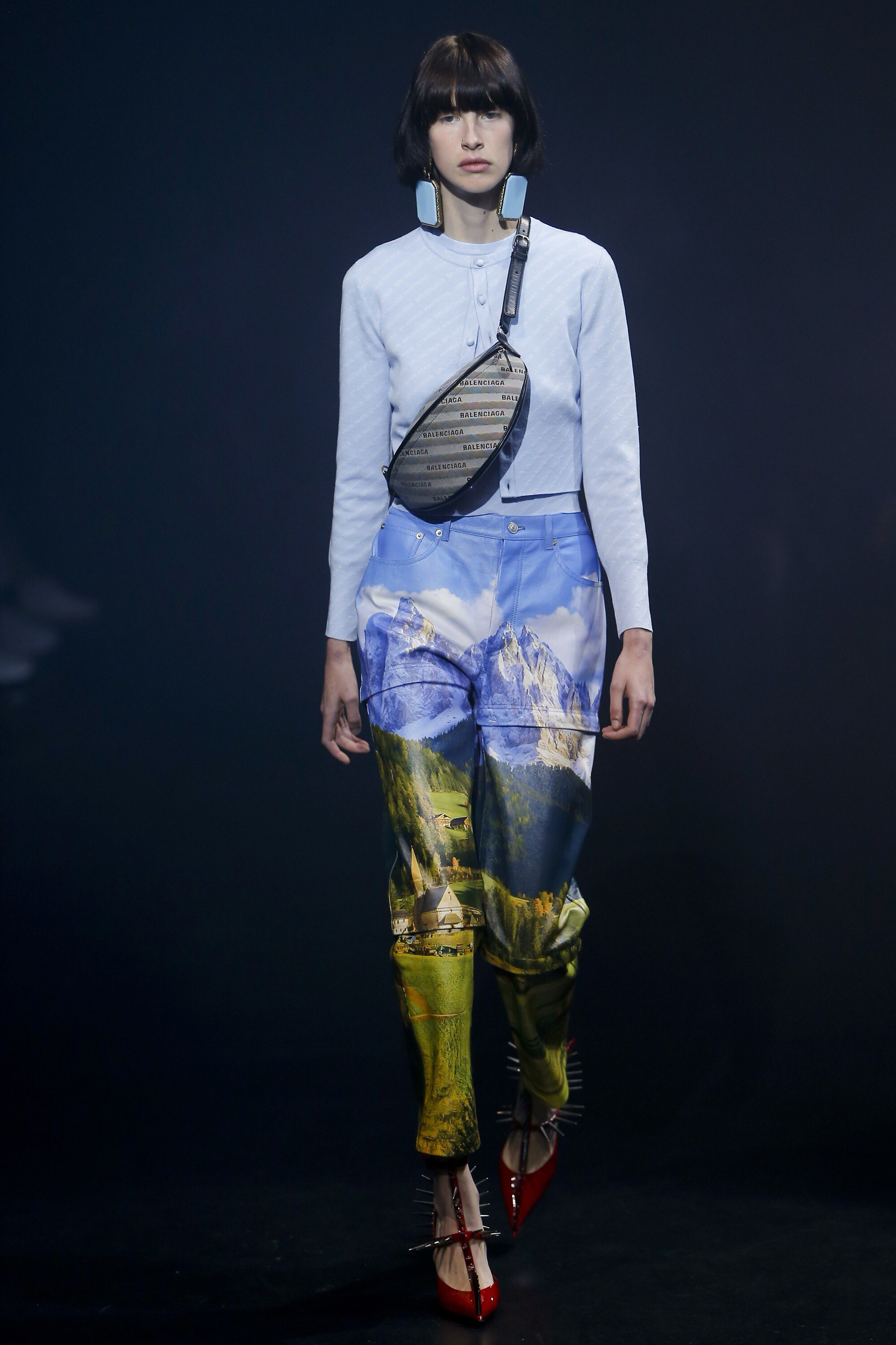
Unlike other fashion weeks, such as those of Milan or London, Parisian designers dictate their own trends and fashion concepts.
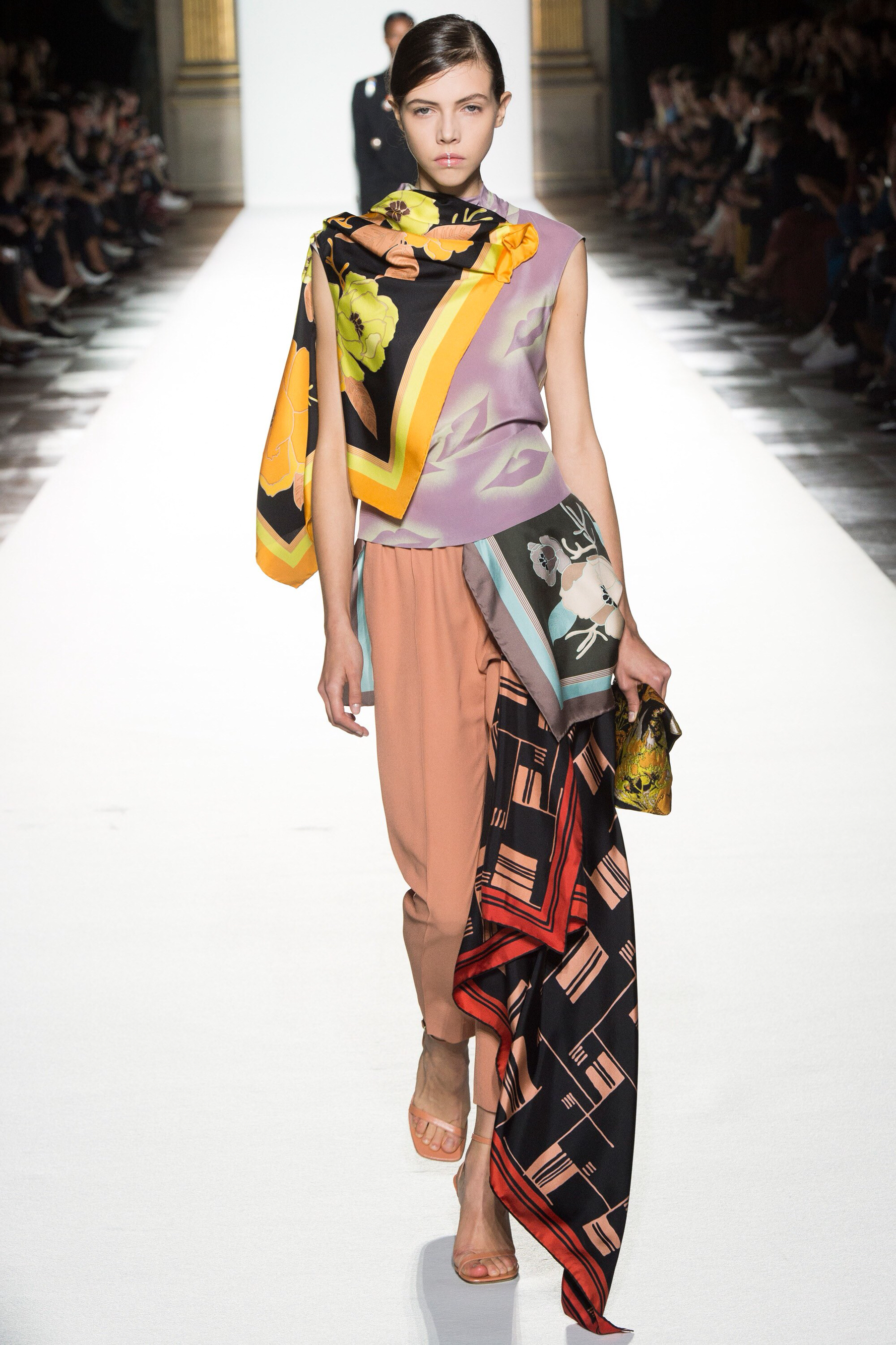

Balmain, for example, designed by the 32-year old Olivier Ruisteng, creates gorgeous, sexy looks for the world’s top spenders and proudly announced his collaboration with Victoria’s Secret. On the other side, brands like Balenciaga, Céline and Dries Van Noten express their sense of contemporary fashion in different ways. For Balenciaga, it’s all about a mix-and-match of edgy accessories, prints and items that define a strong and cosmopolitan silhouette. Céline is more practical in her approach, and creates clothes for the strong and “bossy” woman who knows exactly what she wants. Dries Van Noten, in his own way, tries to poetically express – through clothes and prints – what he thinks about modern-day society.
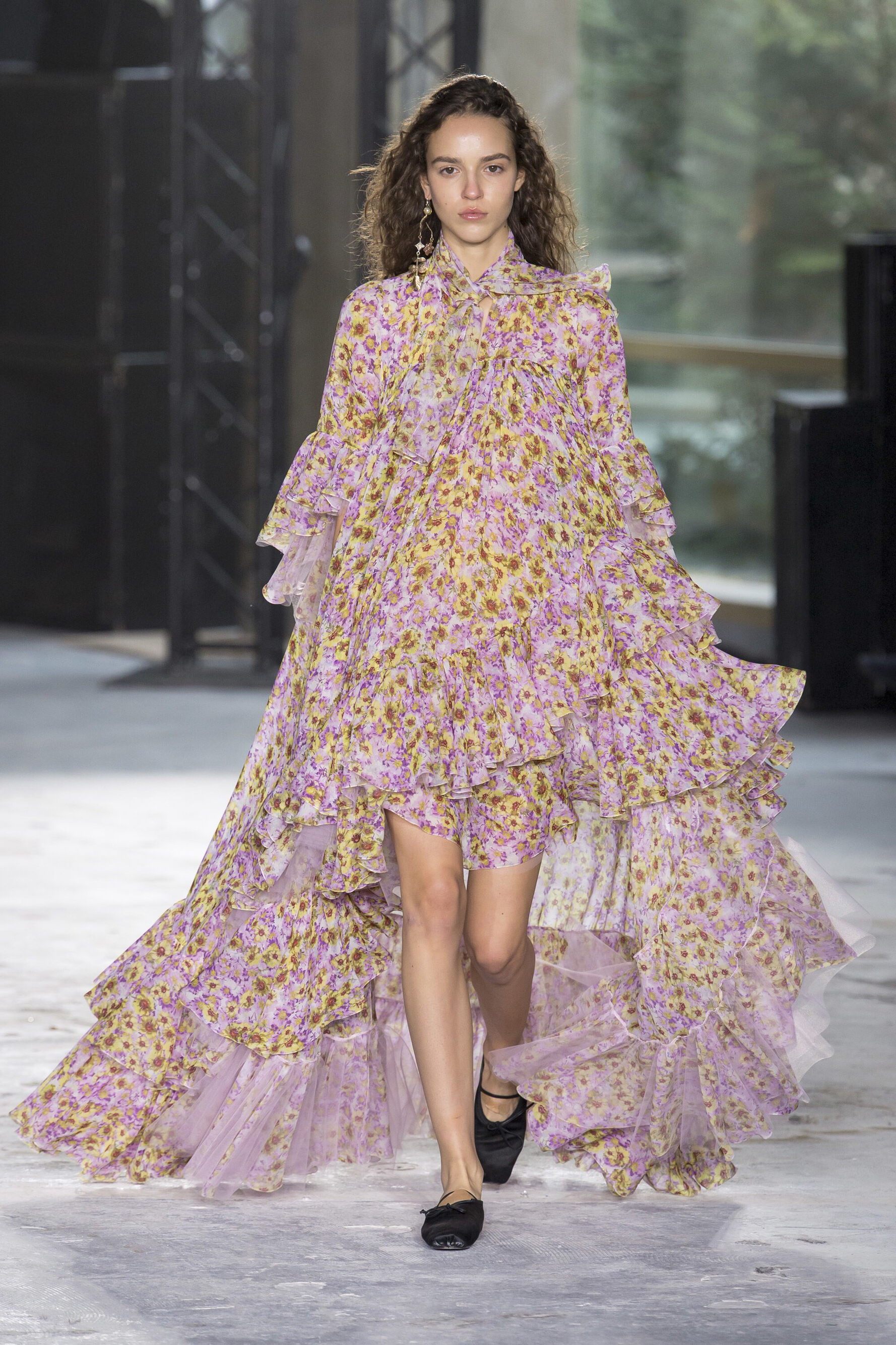

Giambattista Valli, Dior and Valentino look directly into the hearts of women, creating clothes inspired by the designers’ strong idea of women and each of these brands has one thing in common: an Italian designer. Valli, perhaps the most romantic of the three, looks to the gentle and audacious woman who possesses an aura of baroque. Dior’s Creative Director Maria Grazia Chiuri’s woman is more “on the beat/on the street” and contemporary – her idea of woman is to empower femininity and give women courage thanks to the clothes and dresses she designs. Former colleague of Chiuri, Pier Paolo Piccioli – now solo designer at Valentino – is a far cry from both from Valli and Chiuri because his idea of woman is truly nostalgic, yet decadent. Like a pre-Raphaelite painting, Valentino’s woman is classic, almost untouchable like the Holy Mary, but in reality, a chameleonic woman who fits perfectly in any situation, thanks to her innocence.

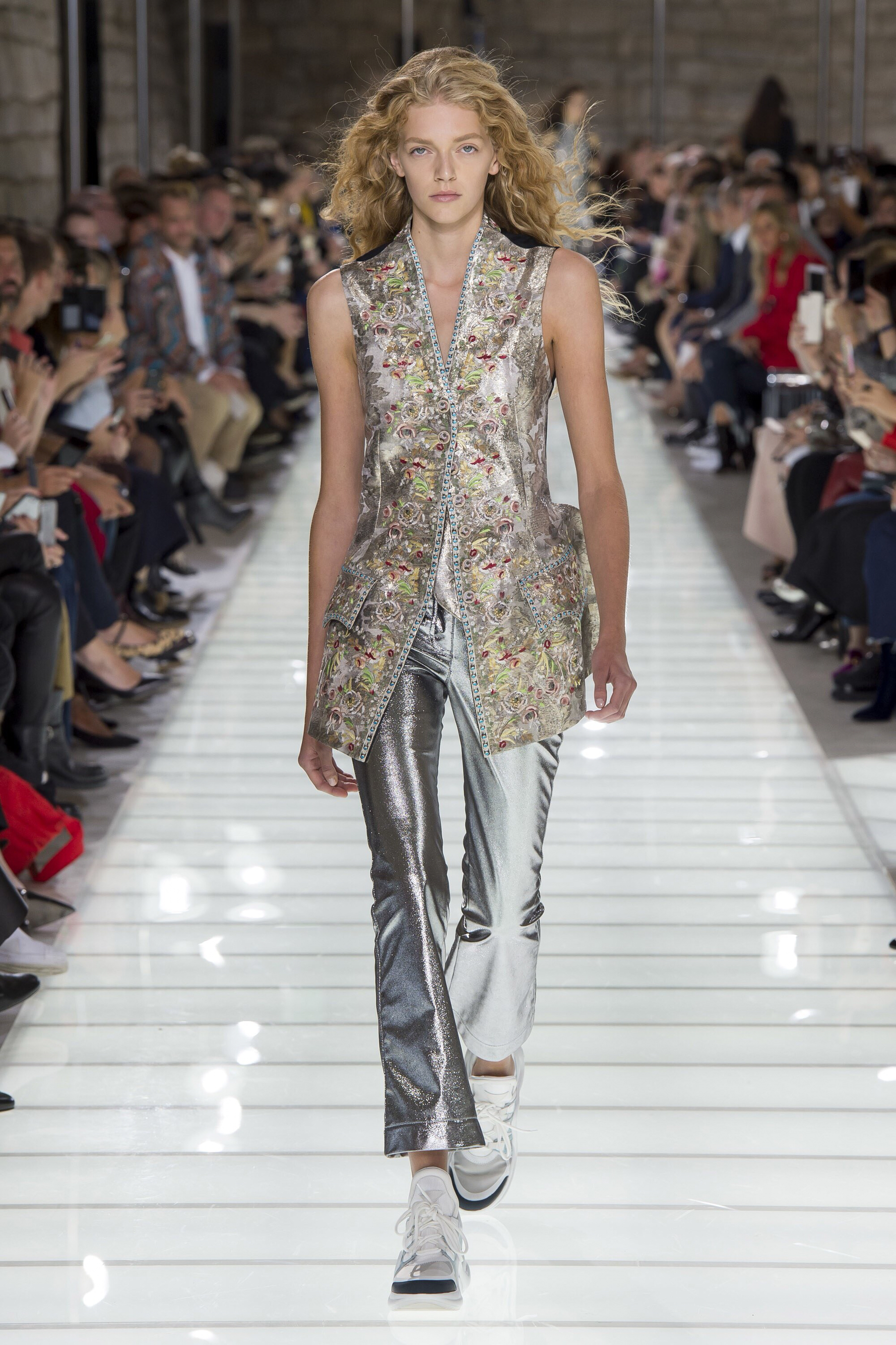
Louis Vuitton and Saint Laurent’s women are futuristic and cool. Nicholas Guesquire of Vuitton, in fact, imagines a woman who comes directly from space with sparkling clothes that seem to radiate the moon’s light. On the other hand for Saint Laurent, Anthony Vaccarello brings to the runway a rock’n’roll girl: strong, sexy and audacious, Saint Laurent’s it-girl is rebellious and runs from metropolis to metropolis in high-heeled stilettos and exquisite short skirts adorned with hand-applied feathers.
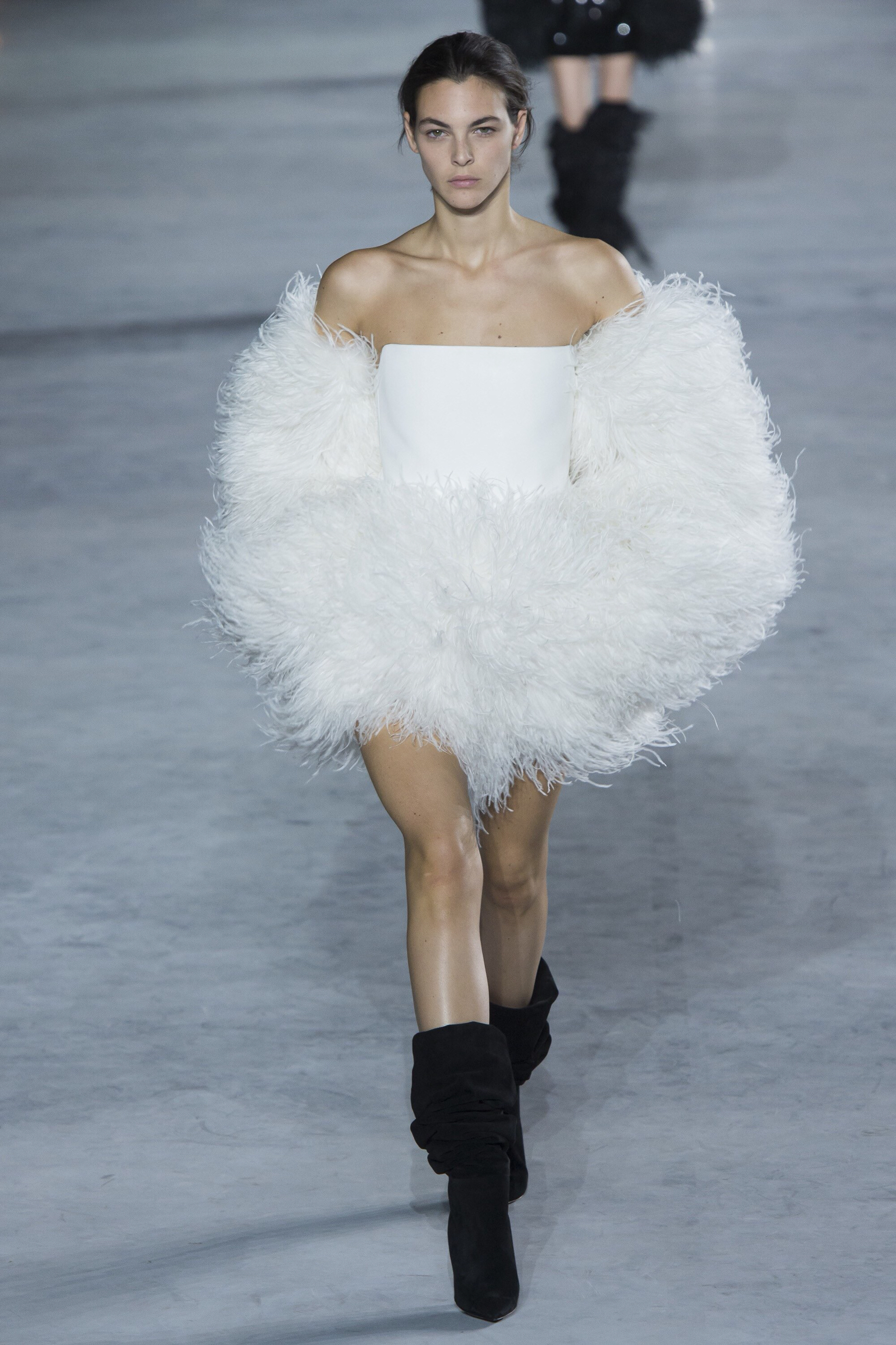
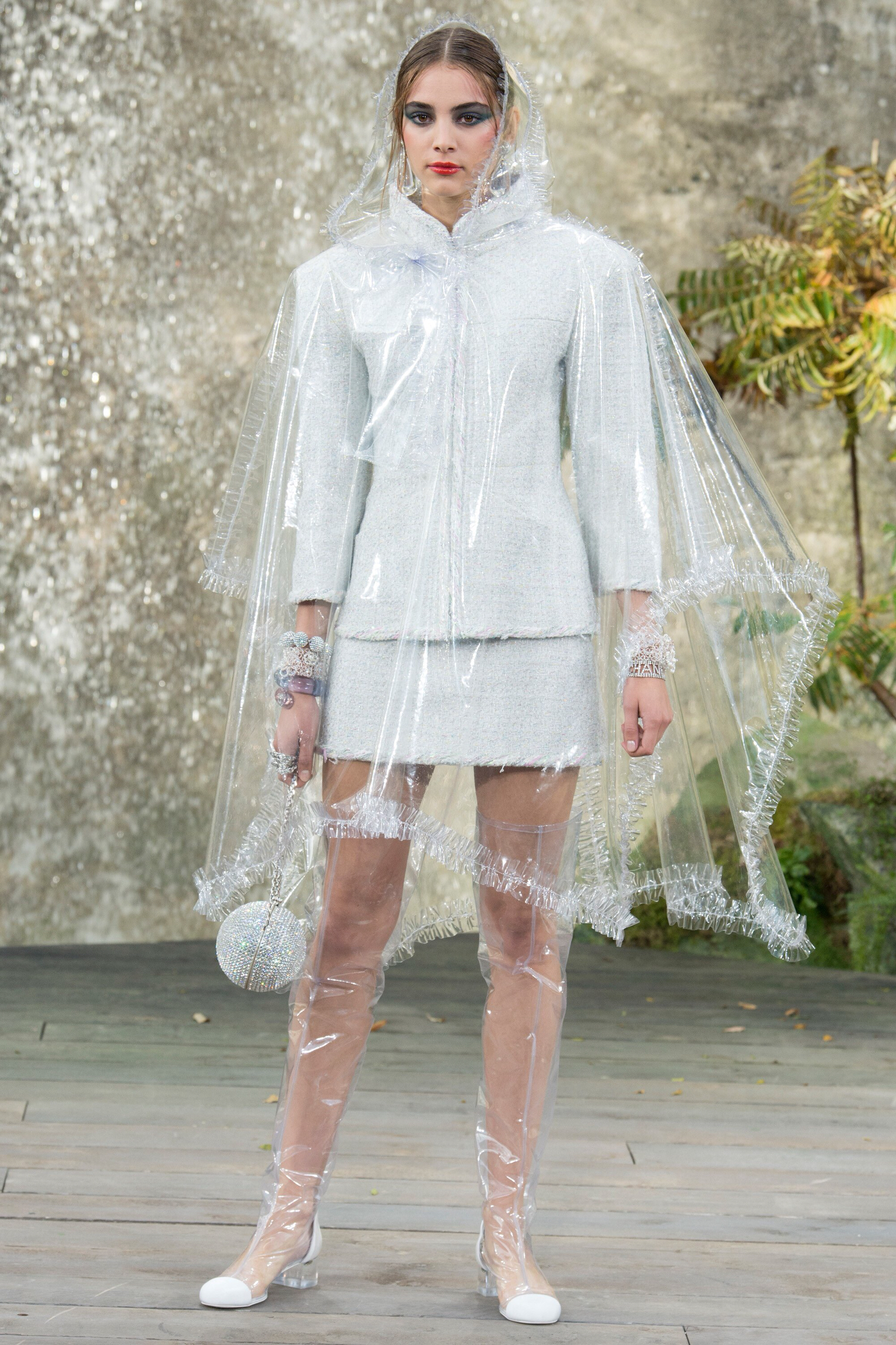
And then there are designers like Karl Lagerfeld of Chanel and Nadège Vanhee-Cybulski of Hermés who still, after all these decades, create understated looks with imaginative twists that continue to make them the most valuable fashion brands on the planet. Chanel devoted its spring-summer 2018 collection to nature, specifically to the Gorges du Verdon escapades in the south of France that were reproduced inside the Grand Palais – the show’s primary venue. Models had a 60’s look wearing, of course, the classic Chanel suit but matched with lurex threads and crystal jewelry: a mix between the natural and the high-tech. In fact, all the fabrics used by Chanel were made in-house thanks to the skilled hands of their artisan creators, but the twist and vibe given by the collection was incredibly fresh.
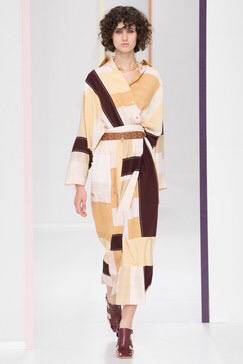
Hermés, on the other hand – with his bourgeois, understated style – was colorful, yet playful, with all the combinations of checks, leather treated as it were linen, and silk. Soft and gentle, the Hermés woman is a woman who doesn’t show-off her beauty – because she is,


